Beginners guide to essential camera accessories – Once you’ve got the right camera and lens, you’ll want to put together some accessories that will help you get the most out of your kit, keep it clean, as well as help you transport your kit and keep it safe from damage. You’ll also find a number of accessories here that can help you expand your photography skills and creativity.
Welcome to the AP Improve Your Photography Series – in partnership with MPB – This series is designed to take you from the beginnings of photography, introduce different shooting skills and styles, and teach you how to grow as a photographer, so you can enjoy producing amazing photography (and video), to take you to the next level, whether that’s making money or simply mastering your art form.

Each week you’ll find a new article so make sure to come back to continue your journey. The start may seem basic to some photographers, but it’s an important step in making sure you’re comfortable with your equipment and the basics of photography, as it’s part of the foundations that help build into great photographs, and once you know these, you’ll be able to play with them, and understand further articles in this series.
We’ll look at some of the essential camera accessories or kit you’ll want to look at when first starting out. What you need may vary depending on what you’re taking photos of, but it’s worth knowing what the options are and what they’re useful for, and this guide to essential camera accessories is a great starting point.
1. Essential: A lens cloth!

A lens cloth is a great thing to keep in your camera bag or case, as it’ll let you quickly clean the lens when needed, as well as the rear screen. Keeping your camera kit clean can save you time in the future, as any dust or dots on your photos could be a real pain to edit out later. It can also double as protection for your camera if you forget your case.
2. Camera Bag or case
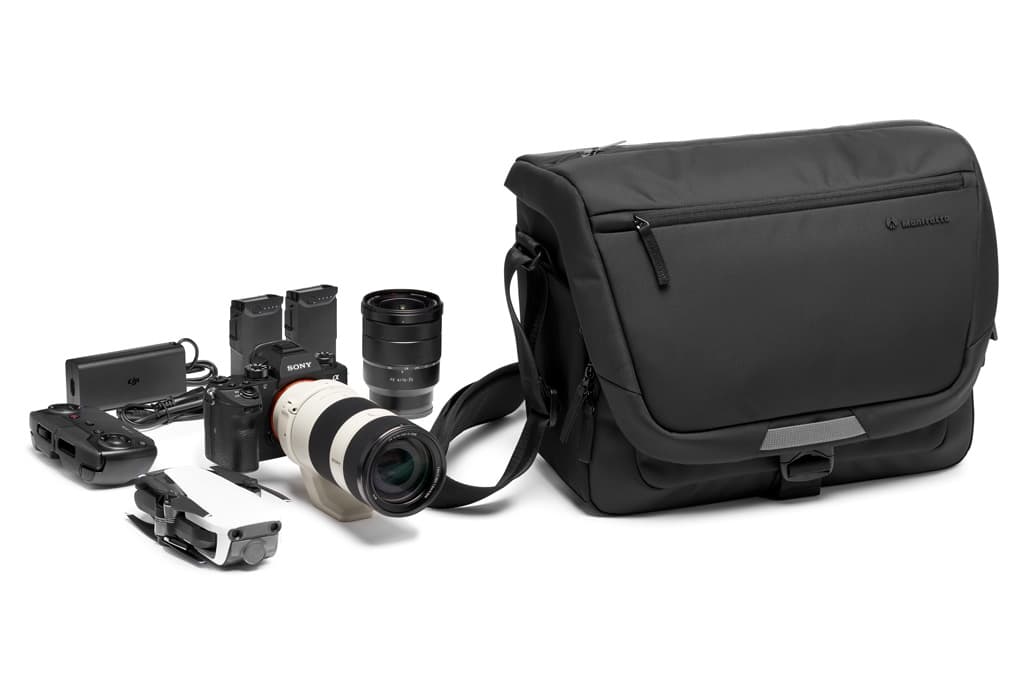
Manfrotto Advanced Messenger Bag III
There are a range of good bag options available, however, we wouldn’t recommend spending too much money just yet, until you’ve worked out what you do and don’t need to carry with you. If you’re just starting out and have a camera and a few lenses, then there are a number of smaller options available, or even bags that offer camera storage as well as room for every day items.
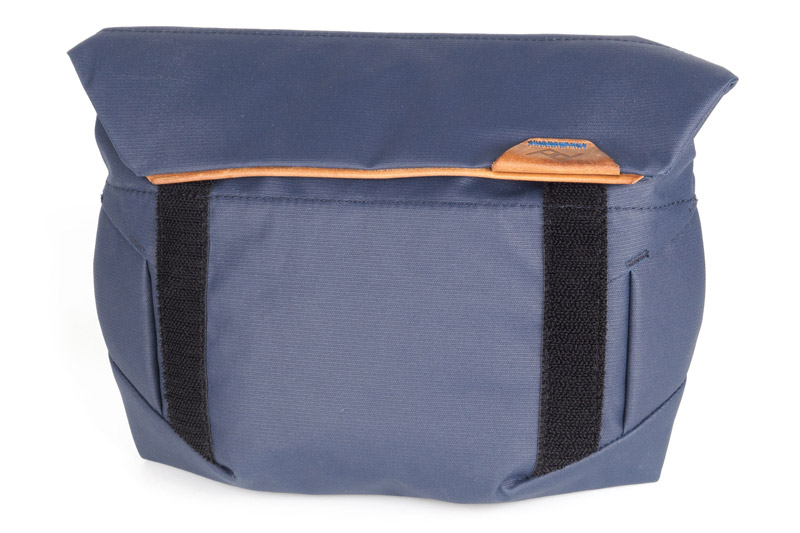
Peak Design Field Pouch
Alternatively, there’s nothing stopping you from using a normal backpack, and putting your camera in this, however, we’d recommend some kind of small camera case or pouch to give your camera some additional protection from being scratched by other items in your bag. As well as offering protection for your camera from scratches, bumps and drops, a camera case or bag will also offer additional protection from the weather. Have a look at our accessory reviews, to see what bags take your fancy.
3. Tripod
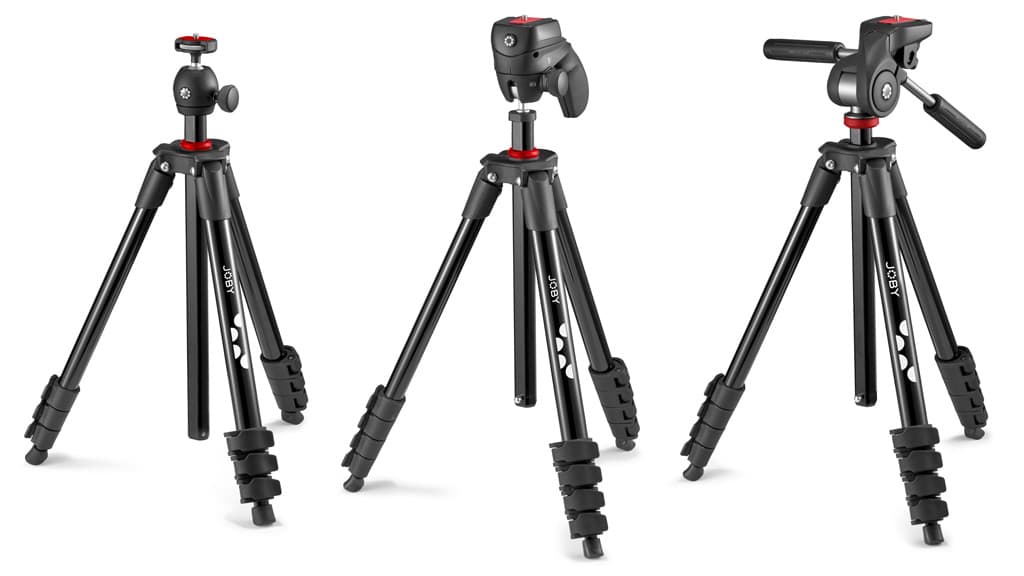
Joby Compact Tripod Range: Light, Action, Advanced (left to right)
Why do people use a tripod? If you want to take photos with a slower shutter speed, and want to avoid blur in your photos, then a tripod will hold you camera steady. You can use the self-timer or a remote release, and then the camera doesn’t suffer from movement when you press the shutter release button. They’re also useful for for long exposure photography (such as blurred waterfalls or low-light), or for stable video footage, and there’s little else that can beat a tripod.
You can also use a tripod or monopod to hold lighting accessories, such as a flash, LED light, or a reflector. In fact, you can get tripods in a variety of sizes and styles, with compact tripods like the Joby Gorrillapod letting you attach it to tree branches or other objects. For more options, have a look at AP’s ultimate guide to tripods, which has some great options for all budgets.
4. Memory card and Memory card reader
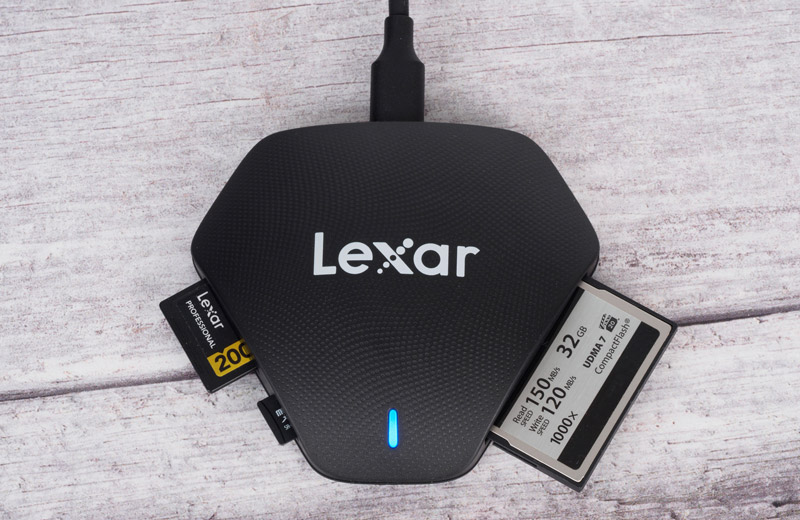
Lexar Multi-Memory Card Reader
Hopefully you’ve already got a memory card, and had a look at our complete guide to memory cards, however, if you need another there are some great options. Perhaps the most useful thing to get following this, is a memory card reader, especially if your computer doesn’t already have one. As this will let you quickly get to your photos, without having to use a cable connected to the camera (and precious camera battery life).
5. Lighting – Flash, Flashgun or LED lighting?

The Kenro KSLP102 Smart Lite RGB Compact LED Video Light
Many cameras have a built-in pop-up flash, but if yours doesn’t, then you can add an external flash (or flashgun), with models available from around £50-80+. However, if you just want to add some light to a scene, then you may not need a flash, and can save money by looking at an LED light. These are available from around £22, and have the bonus of being usable for video as well, thank to the continuous lighting they provide. You can even get models that offer a variety of different colours, although expect to pay more for these.
6. Reflector – Make the most of free light!
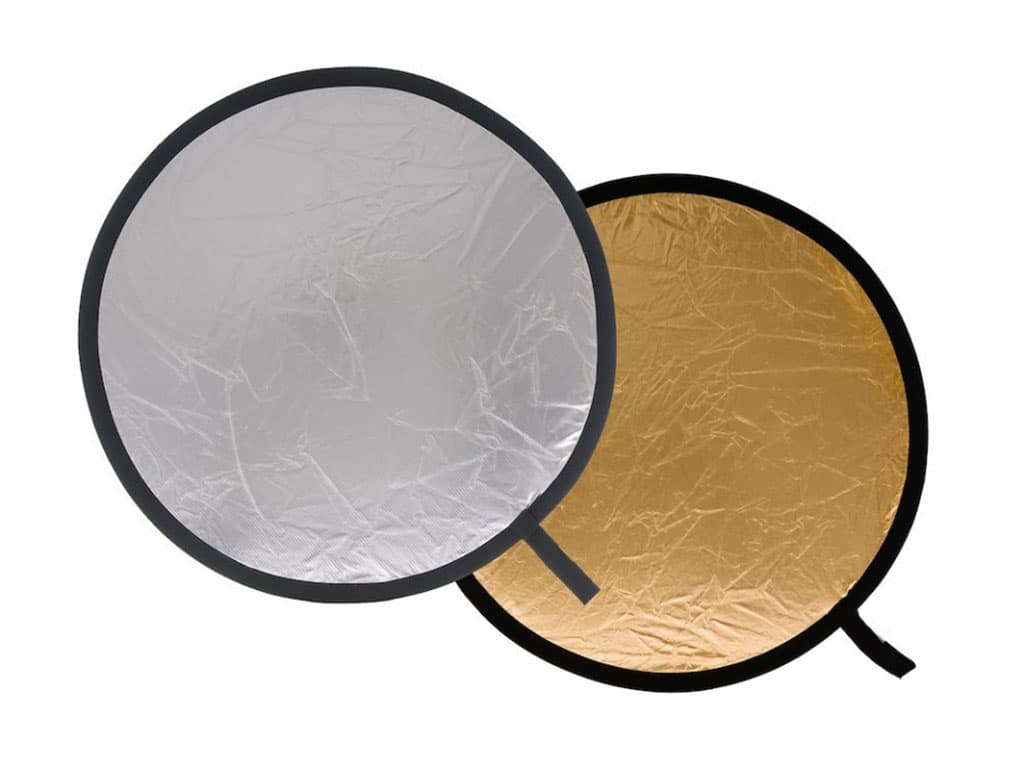
A reflector is a great budget option, with prices starting at just £15, and can direct light in useful ways. They are ideal if you plan on shooting portraits, or even product shots. You can use it to direct light onto a subject, or use it to fill in any strong shadows, and it has the added bonus of working anywhere, without the need for batteries. They also fold up to a compact size, making them easy to take with you when you’re out and about.
7. Filters – Should you buy a UV or ‘protection’ filter?
If you’d like an extra layer of protection, then you could add a UV or protection filter to your lens. However, if you’re careful, and remember to use the lens cap, and keep your camera in a case, then you most likely will not need this, particularly as modern cameras all feature a UV (+IR) filter in front of the sensor to protect against UV light.
Nb. UV filters were popular for film photography, and in the digital age have often been used as a protective filter to protect the front of the lens.
There’s also the argument that adding a low-cost filter to the front of a lens made of premium glass, could lower your image quality, or introduce additional lens flare and ghosting.

H&Y RevoRing ND1000 filter on camera – the RevoRing can work on multiple lenses
Filters we would recommend instead, include an ND filter, if you want to look at long exposure photography, as well as a Circular Polarising filter, which can remove reflections from glass and water, as well as give you richer colours, and skies with stronger blue colours.
For more information on filters, have a look at our top 3 filters for landscape shots.
8. Video accessories – Microphone
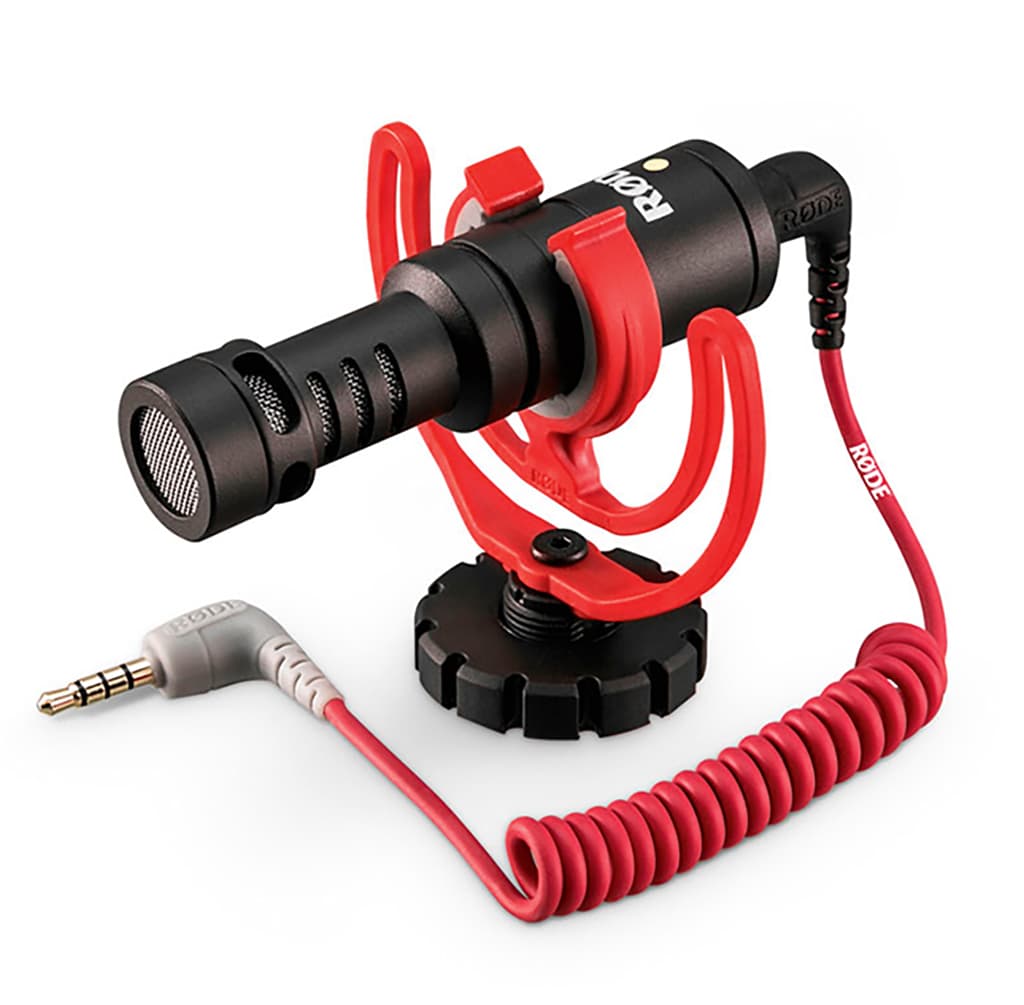
RØDE Video Micro Microphone with shockmount
If you’re interested in video then a microphone will give an improvement in sound quality, and doesn’t need to break the bank. Make sure your camera has a microphone socket before buying, and if you get one that features an integrated shockmount, this will help you avoid noise from the camera being picked up by the microphone.
For more video accessories, have a look at our guide to the Top 17 Essential accessories for video.
9. Power accessories: External Powerbank

Powerbank used for charging the camera (Image: AW)
If your camera supports charging or power via USB, then an external power bank can be a great way of extending your shooting and/or video recording time, and there are a wide number of options available, from budget powerbanks to more expensive choices.
10. External battery charger and spare batteries (USB powered)

Dual battery charger – USB powered (Image: JW)
Did you know you can often pick up a USB powered battery charger for not much money? If your camera didn’t come with one, or came with a wall charger, this can be a great way to let you charge your camera’s battery/batteries while on the move. You’ll find options available that can charge two batteries at a time, and speaking of batteries, it’s well worth picking up a spare battery or two, so you can keep shooting if your main battery goes flat.
Tune in next week, for the next article in the series of the AP Improve Your Photography Series – in partnership with MPB.
- Part 1: Beginners guide to different camera types.
- Part 2: Beginners guide to different lens types.
- Part 3: Beginners guide to using a camera taking photos.
- Part 4: Beginners guide to Exposure, aperture, shutter, ISO, and metering.
- Part 5: Understanding white balance settings and colour
Find the latest Improve Your Photography articles here.







